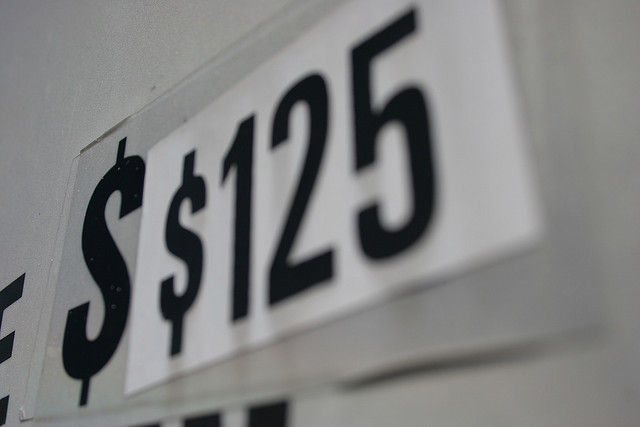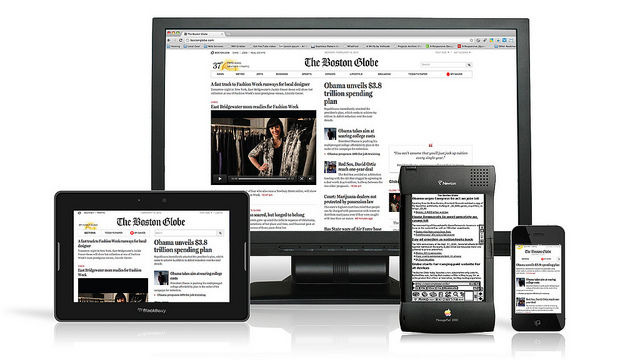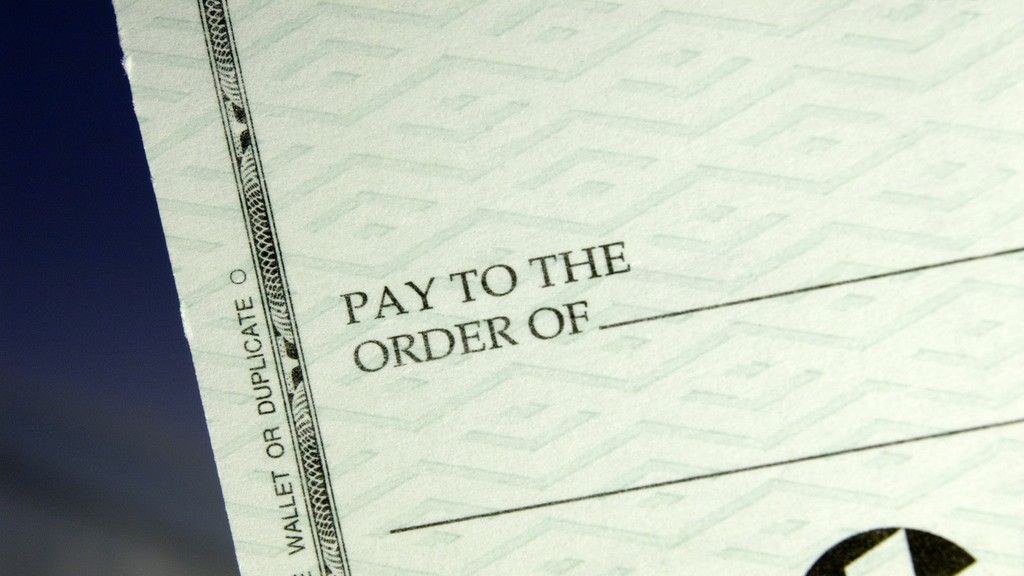The one thing that makes working for a company easier than working for yourself is getting paid. When you have a job, you turn up every day and at the end of the month – the money’s in the bank.
Unfortunately, for freelancers, you have to do the work and then rely on the money getting to the bank at some point. Poor financial controls can hurt a freelance business badly; so here are some tips of getting your freelance design clients to pay their bills:
Learn to Set Prices and Stick With Them
We’ve all been there. You send off a wonderful proposal with a well thought out quote for your time and then the potential client comes back and says; “We love your work but everyone else offered to do the job for half (or some percentage) of your price. Can we negotiate?”
The right answer to this question is “no”. You don’t haggle when you go to the supermarket or go out for dinner – why would a professional service provider get involved in dickering? If the client can’t afford you, they can’t afford you, find another one.
However, in many cases a polite; “I regret to inform you that my rates are a realistic representation of market rates and the hours that I need to complete this project therefore I am unable to negotiate on them.” will result in the client hiring you anyway. Clients try it on – but you don’t have to let them.

Author/Copyright holder: sharpstick's photos. Copyright terms and licence: CC BY-NC 2.0
Learn to Talk About Money With Clients
Establish your rates early in client conversations. There’s nothing worse than spending hours and hours on proposal writing, meetings, etc. to find that you and the client are a hundred miles apart on what you think a project should cost.
Save yourself wasted time. Explain your hourly rates, or your day rates, or a “guesstimate” project rate at the outset. If the client heads for the hills, they’re no great loss – they couldn’t have afforded the project anyway. You’ve saved them time and you time. It’s also worth noting that in my experience some of those clients will come back when they try “cheap” and find it doesn’t equal “quality”.
Learn to Explain Prices
Pricing delivered on its own can be shocking to a client. “But I want a simple 4 page website!” they shout at your $2,000 estimate. You need to learn to break down prices; show them what is involved in a $2,000 small website, give an estimated time investment against each step of the project, show them that your rates are market rates (it’s always good to quote a source or two) and explain why this differs from the “free” template website that their hosting provider includes.
And ensure that your client understands that an early estimate is not an actual quote. In an ideal scenario your estimate should lead to the client revealing their budget. If they can’t afford the estimate, what can they afford? Is there a smaller scope that you could deliver for that budget? Is there an alternative delivery mechanism for that scope that will take less time?
Learn to Offer Some Packaged Product Solutions
This doesn’t have to be a big deal but let’s say you’re a web designer and the majority of projects you work on are WordPress projects. Why not have a couple of packages say; Logo Design, Theme Design, etc. and x amount of content for $Y?
You can use these in your marketing to explain pricing early. Better still, you may even get a client or two who just calls and says; “I want package A!”
They can also give you some space to negotiate with clients who may say; “I like Package A but could use B, C and D features too.” Then you’re really only negotiating for the costs of B, C and D – A is already sold.

Author/Copyright holder: Antoine Lefeuvre. Copyright terms and licence: CC BY-SA 2.0
Learn to Get Commitment Before Putting Huge Efforts into Quotes
Many clients seem to think that a detailed RFP (Request for Proposal) response is their god given right. They don’t seem to appreciate that these things take time and effort to produce and freelancers can’t spend all their time quoting.
The best thing to do is provide an estimate and then explain that if the client wants to move forward, you will then build a detailed quote (which may vary from the estimate) and then you can decide what will/won’t form the final scope of work.
If the client has given a commitment to work with you; then delivering a detailed quote is always worthwhile. If they haven’t? Not so much.
Learn to Use Contracts (And Consider A Kill Fee)
A contract should lay out your process for work, what deliverables are included in the scope, what timescales are involved, and what will result in extra charges. It should also require a deposit (serious clients have no problem with paying deposits). A contract makes it much easier to enforce payment AND the agreement you have with your client.
One thing you should consider including is a kill fee. A kill fee is a sum that is paid to you at any stage of the project if the client wishes to cancel the project. Some freelancers use a kill fee of the whole project cost, some use a percentage cost, I charge for any started milestone plus the next project milestone that I haven’t started. In my experience, a kill fee tends to ensure that the project won’t be killed. Clients don’t often invoke them.

Author/Copyright holder: thinkpanama. Copyright terms and licence: CC BY-NC 2.0
Learn to Invoice When Work is Done and Chase Cash Constantly
Your clients aren’t going to pay until you’ve asked them for money. So make certain that every time you finish some work – you send out an invoice immediately. If the client doesn’t pay on time; it’s time to start reminding them.
The day an invoice is due, send a polite reminder. Then follow it up the next day if it isn’t paid. And keep following up politely for a week or two. If the money’s not in by then… it’s time to get your lawyer to send a polite reminder. If you still don’t get paid, don’t be afraid to take the client to a small claims court or sue them for payment. You can only be ripped off, if you let yourself be.
Summary
We can’t guarantee that you’ll get paid for every piece of work you do but if you follow the ideas above – it becomes much more likely that you will get paid and that you’ll do less work without reward.
Header Image: Author/Copyright holder: photohraphybanzai. Copyright terms and licence: CC BY 2.0












